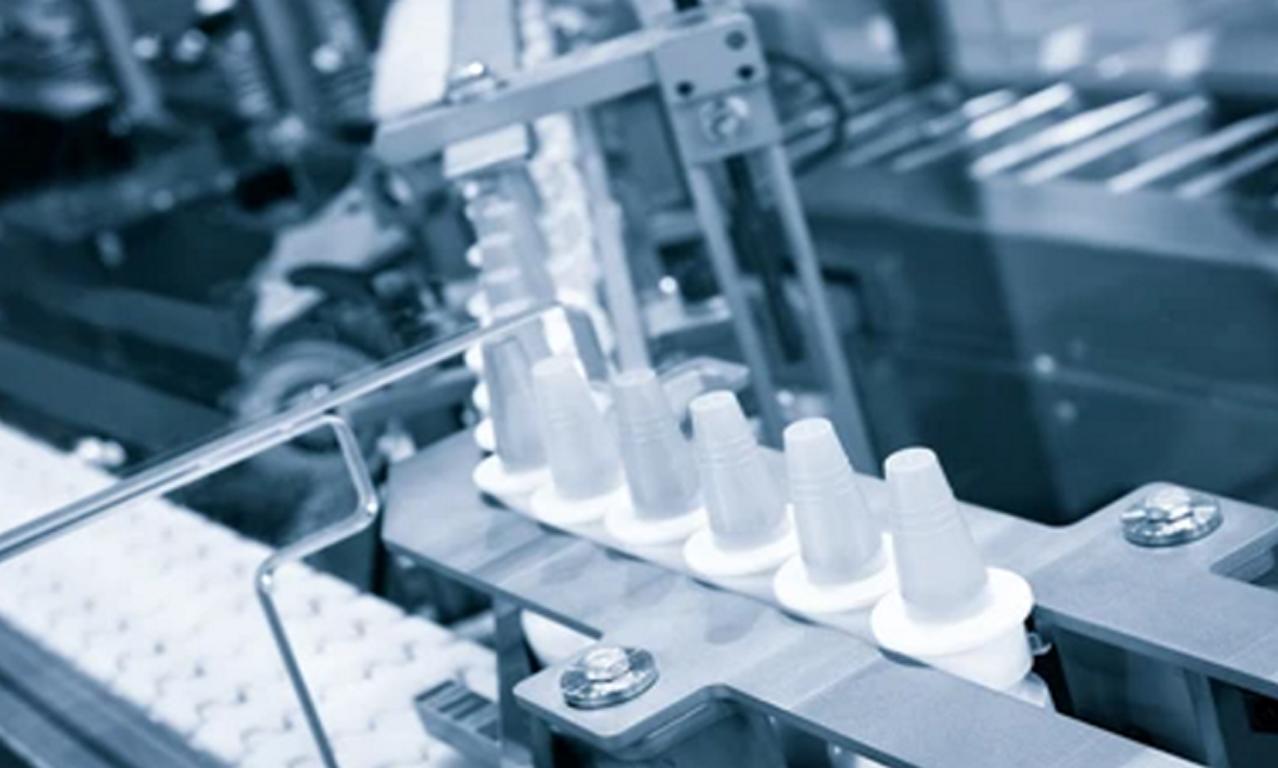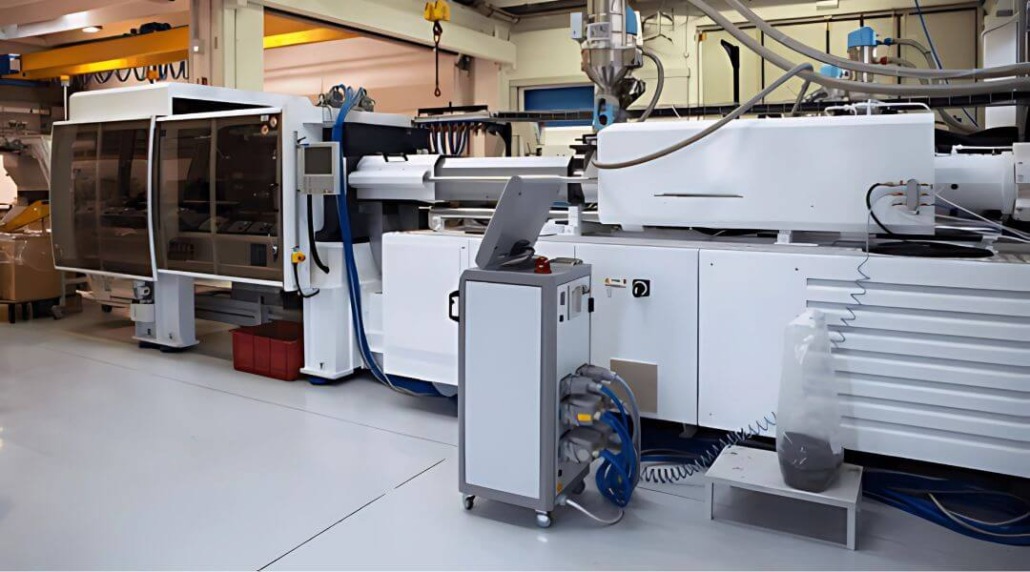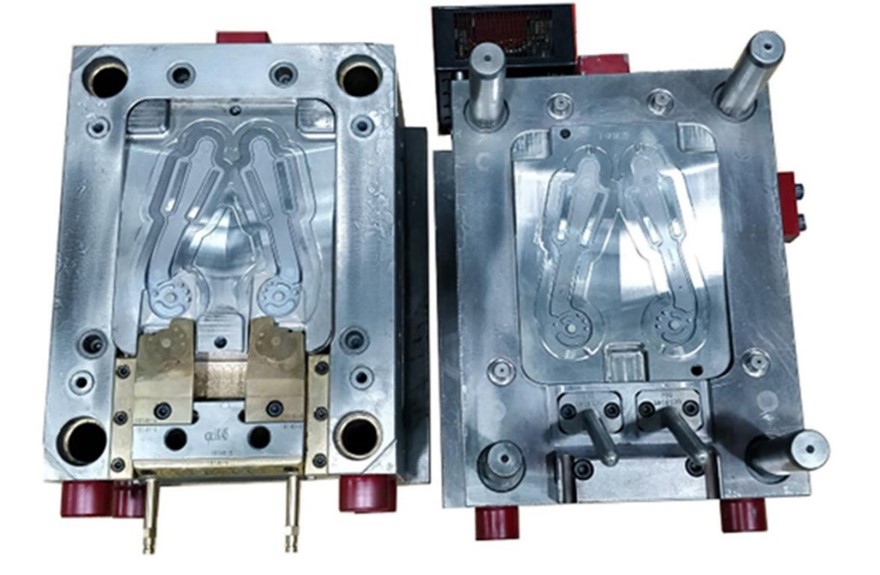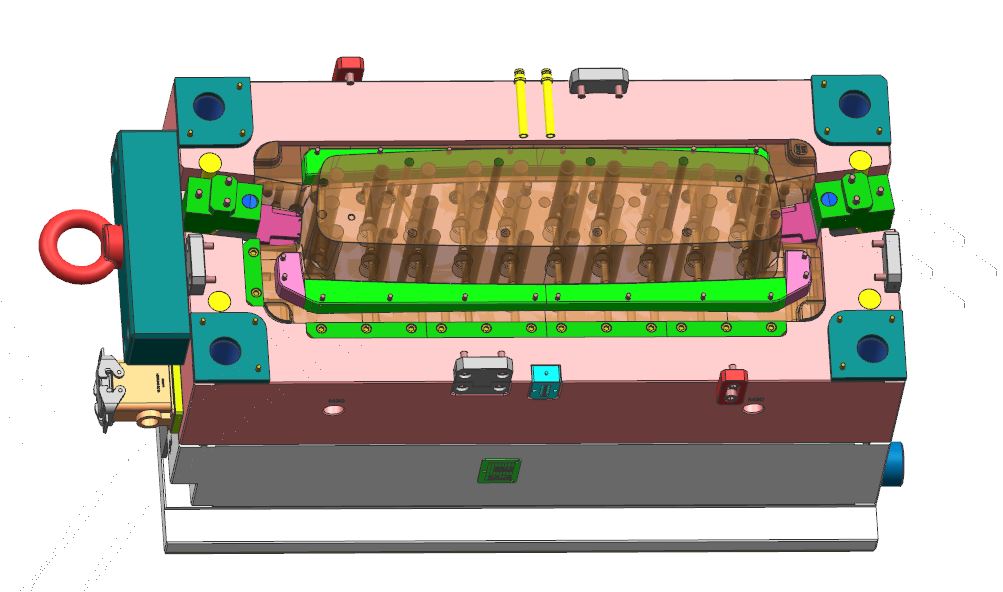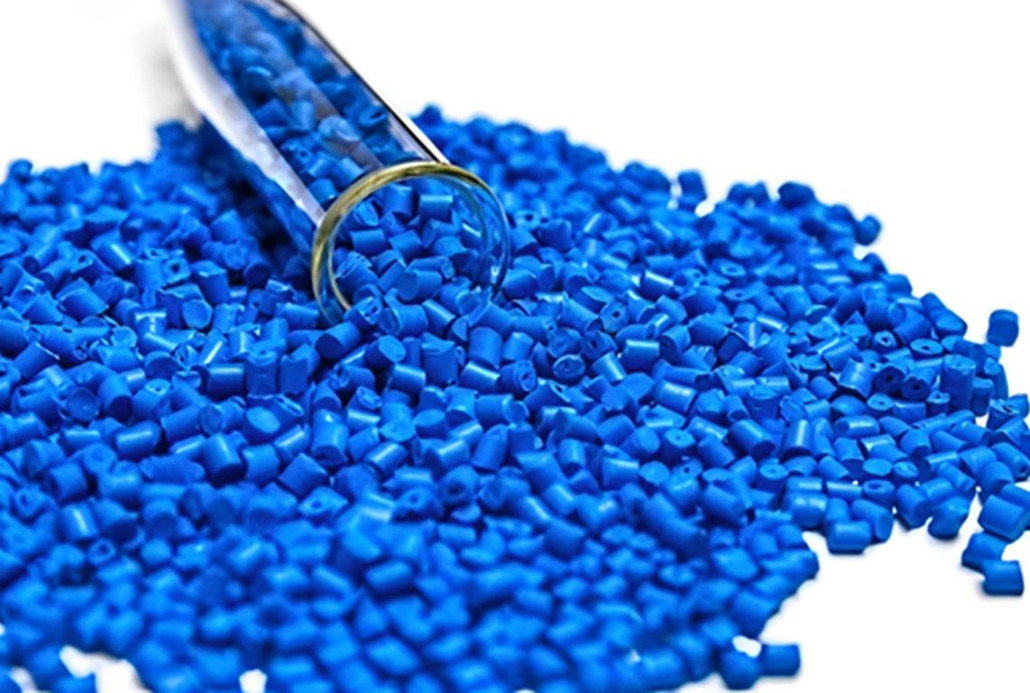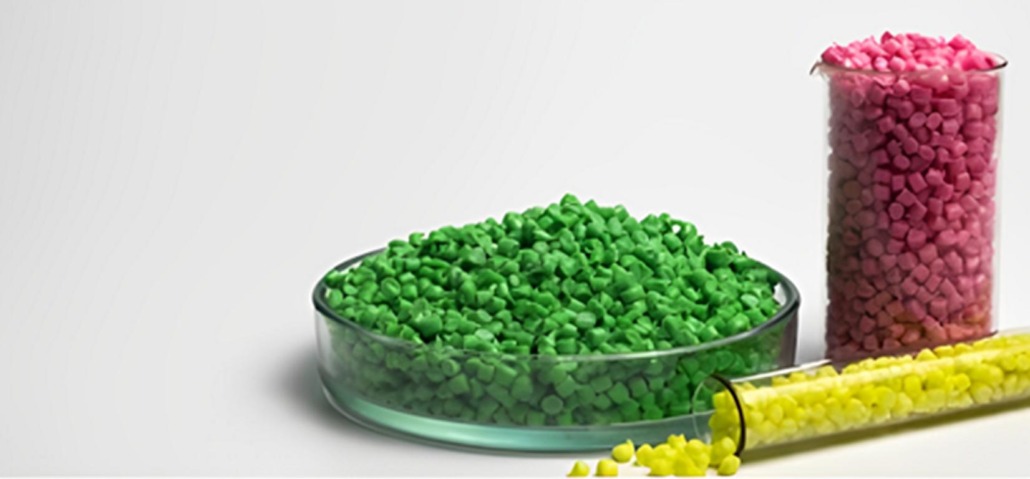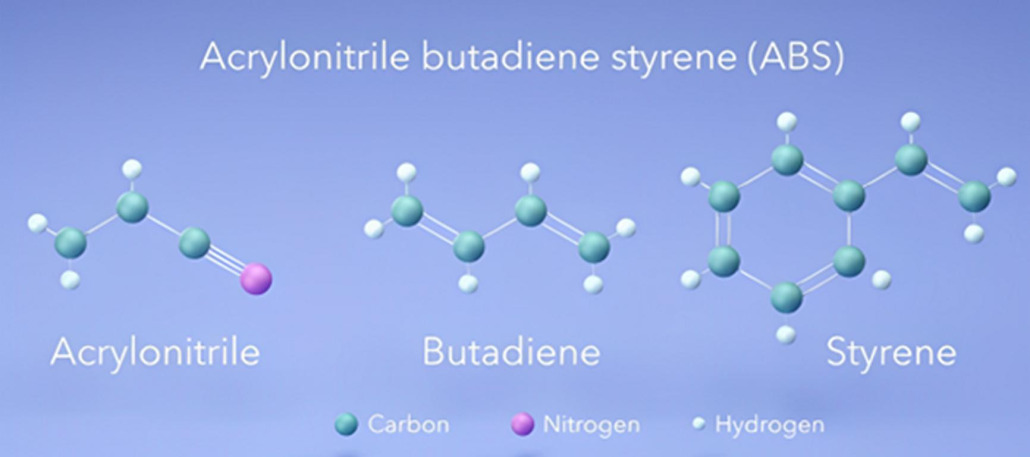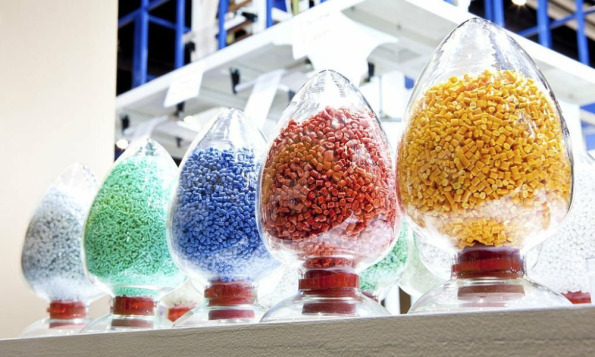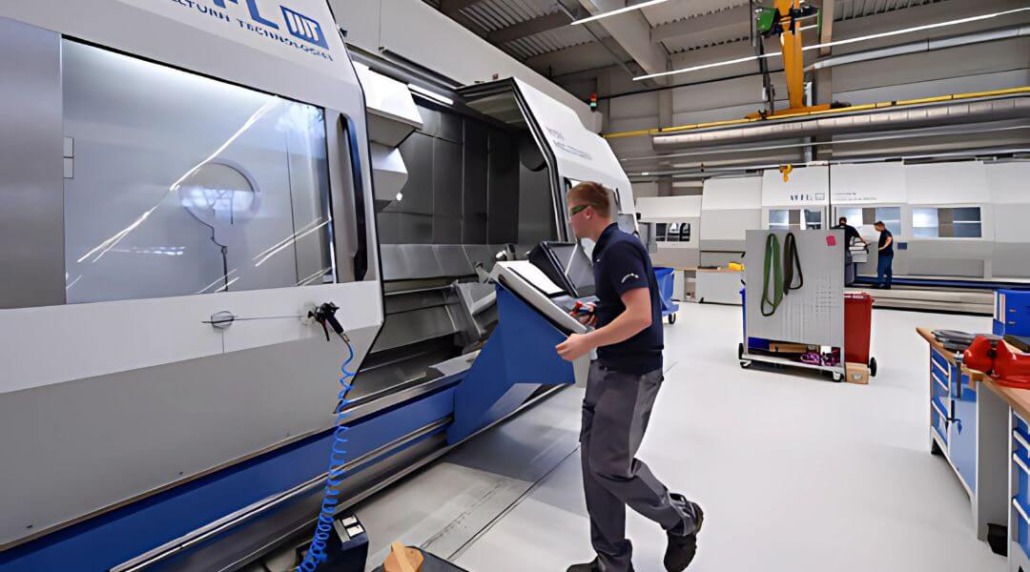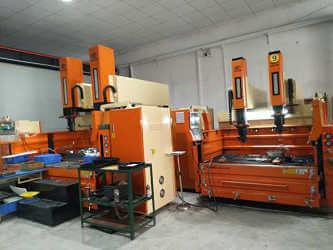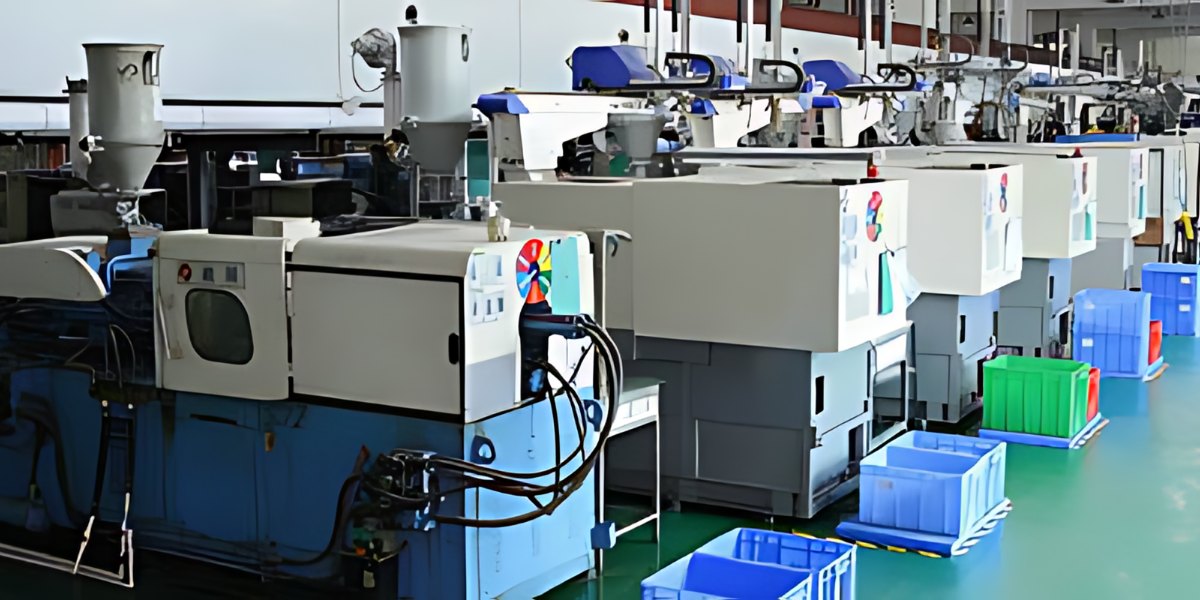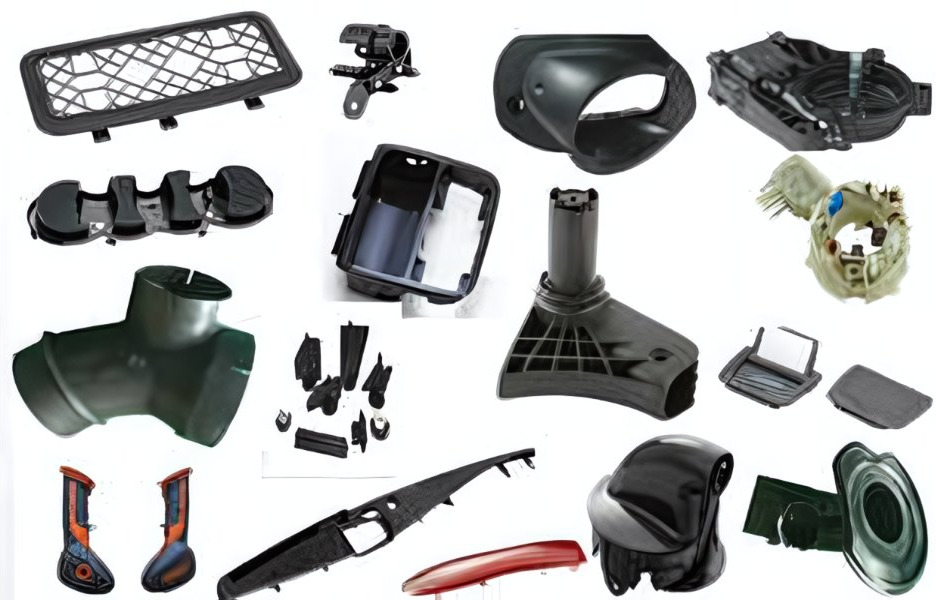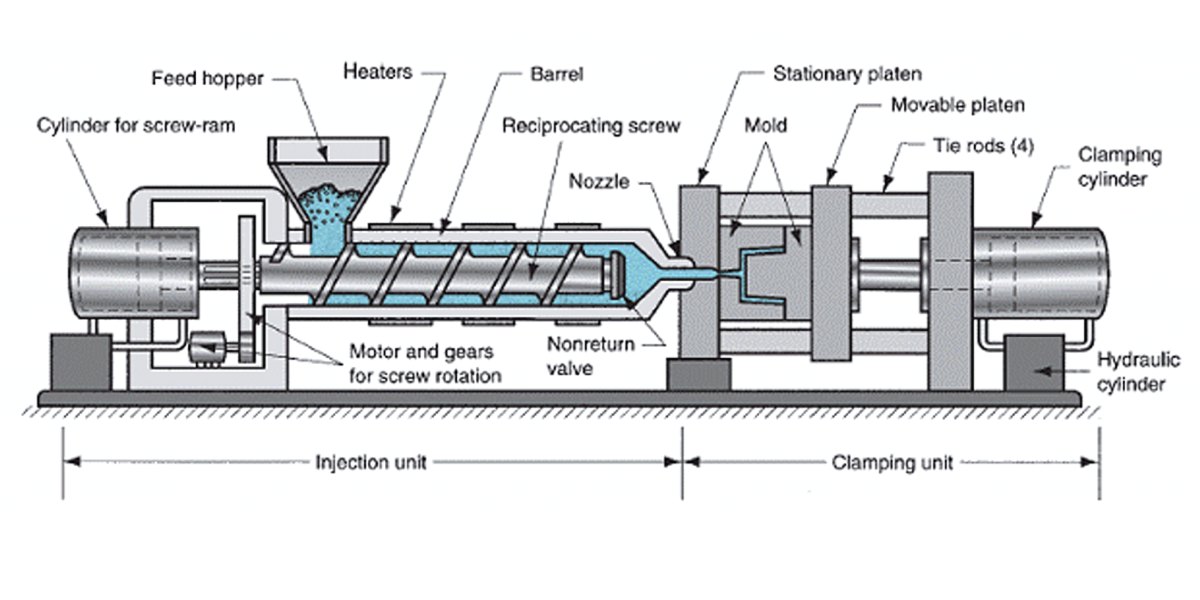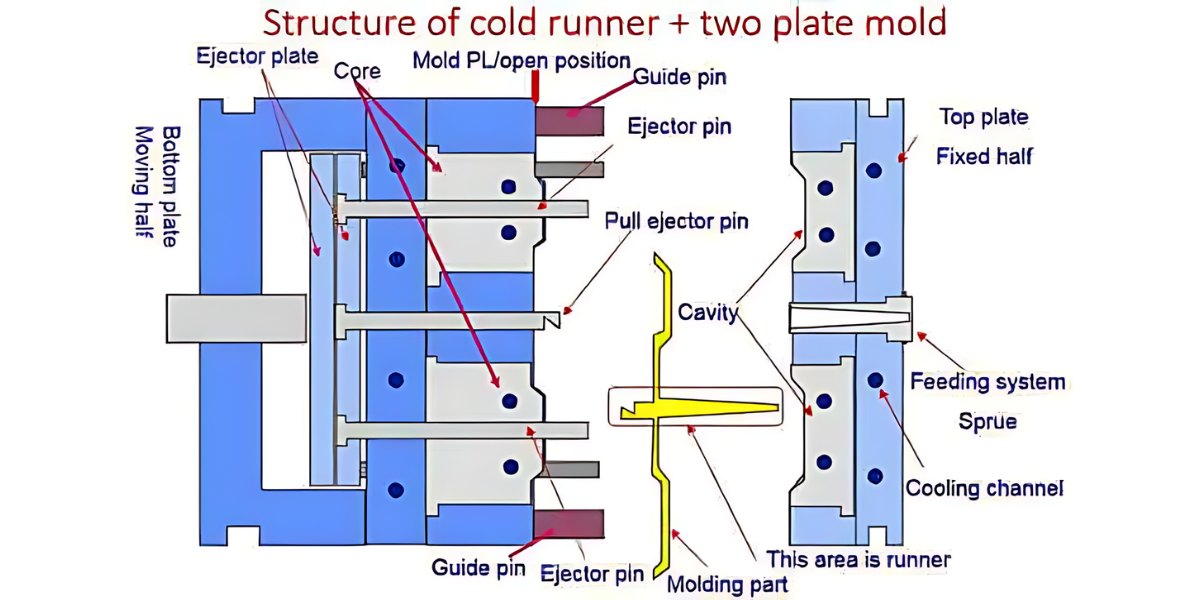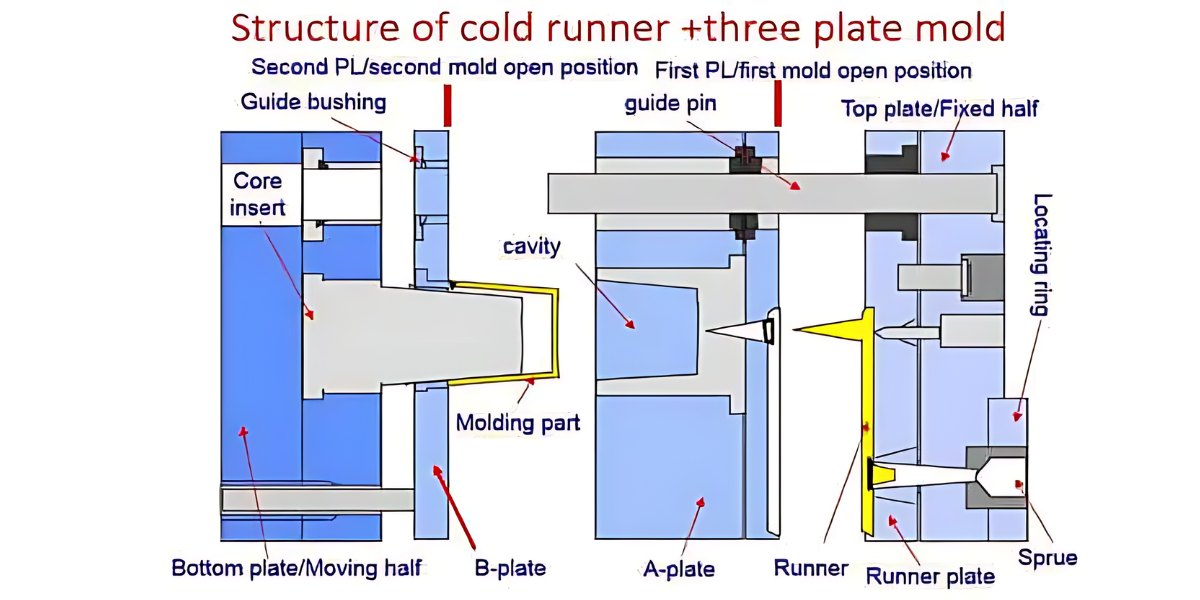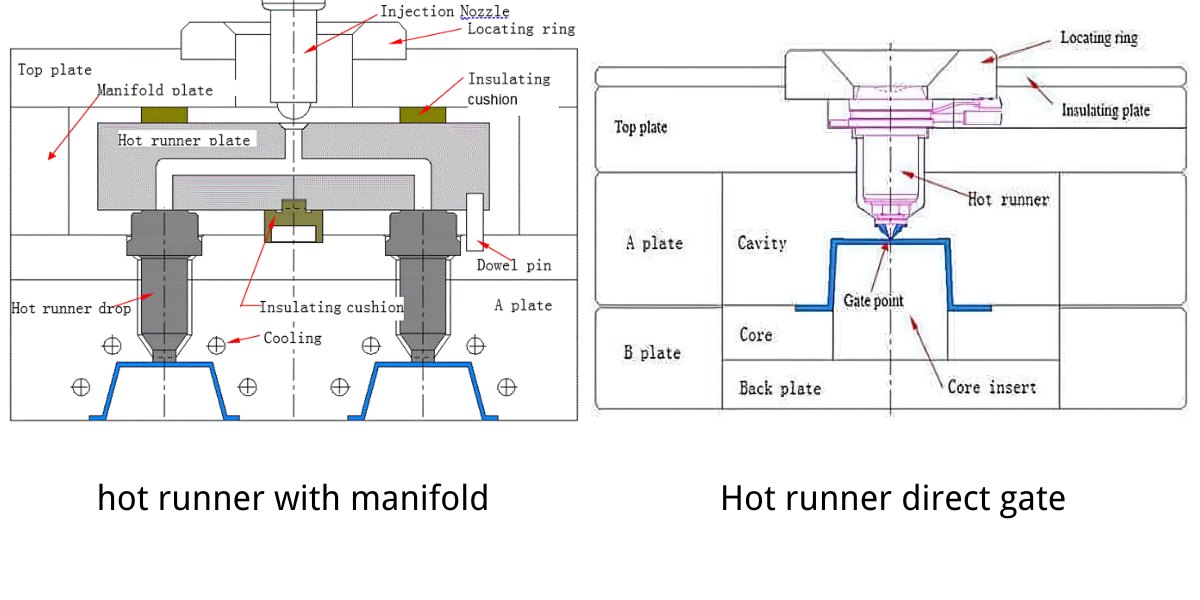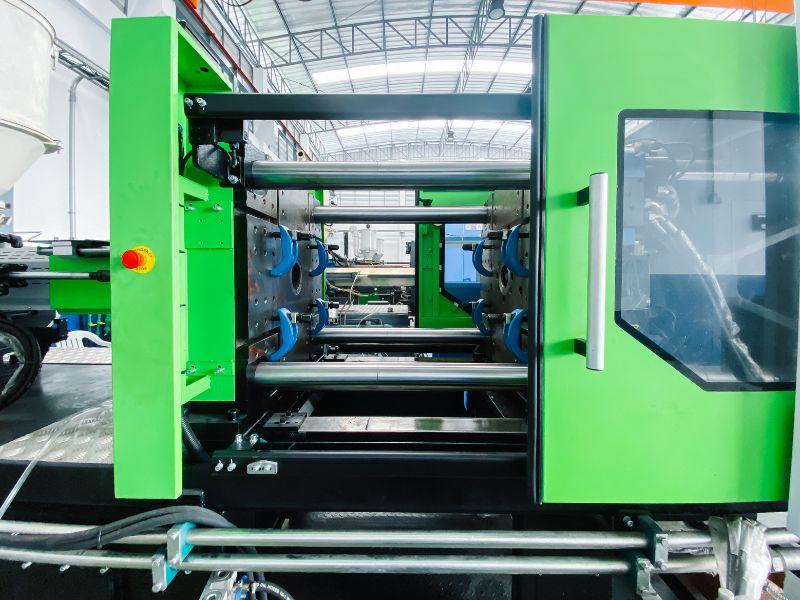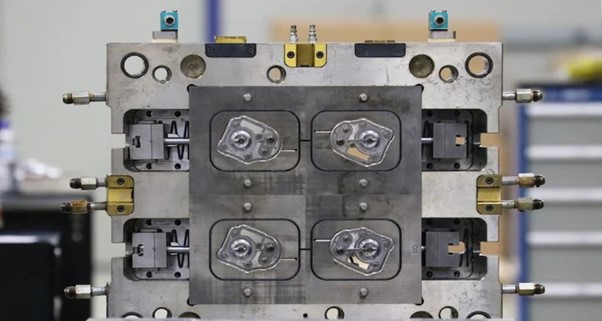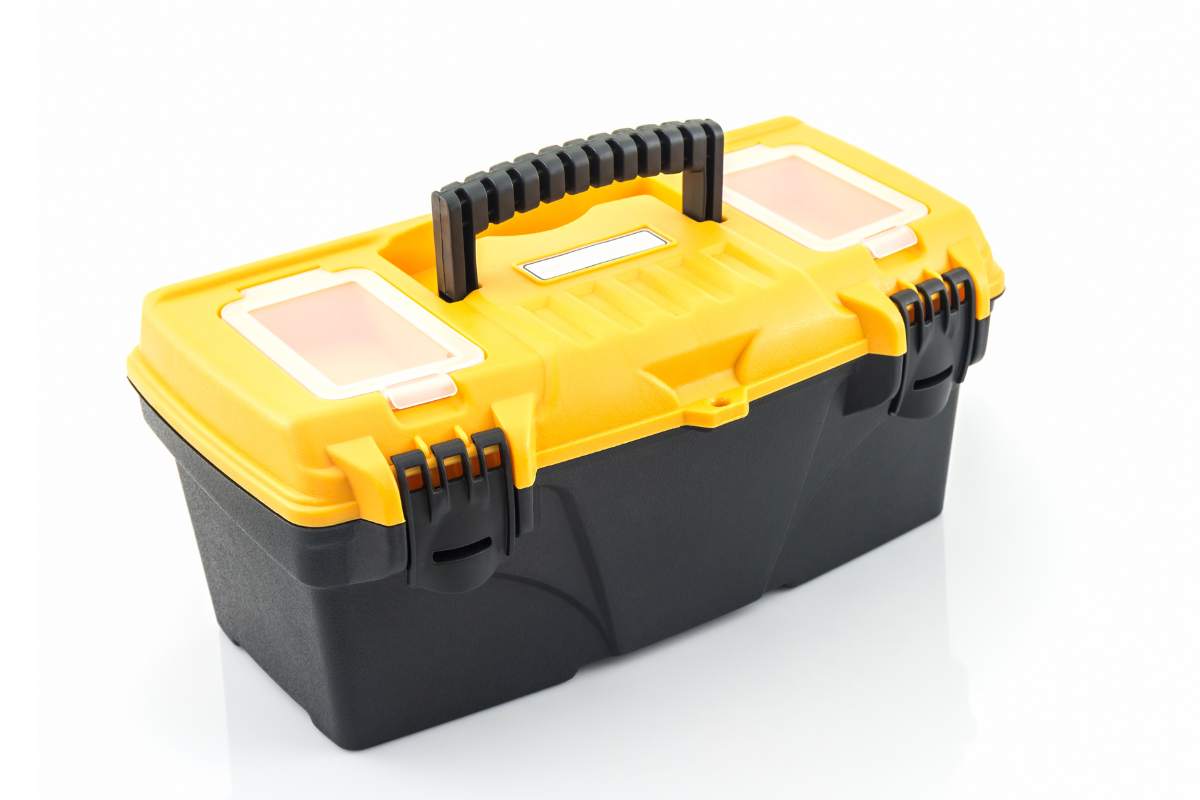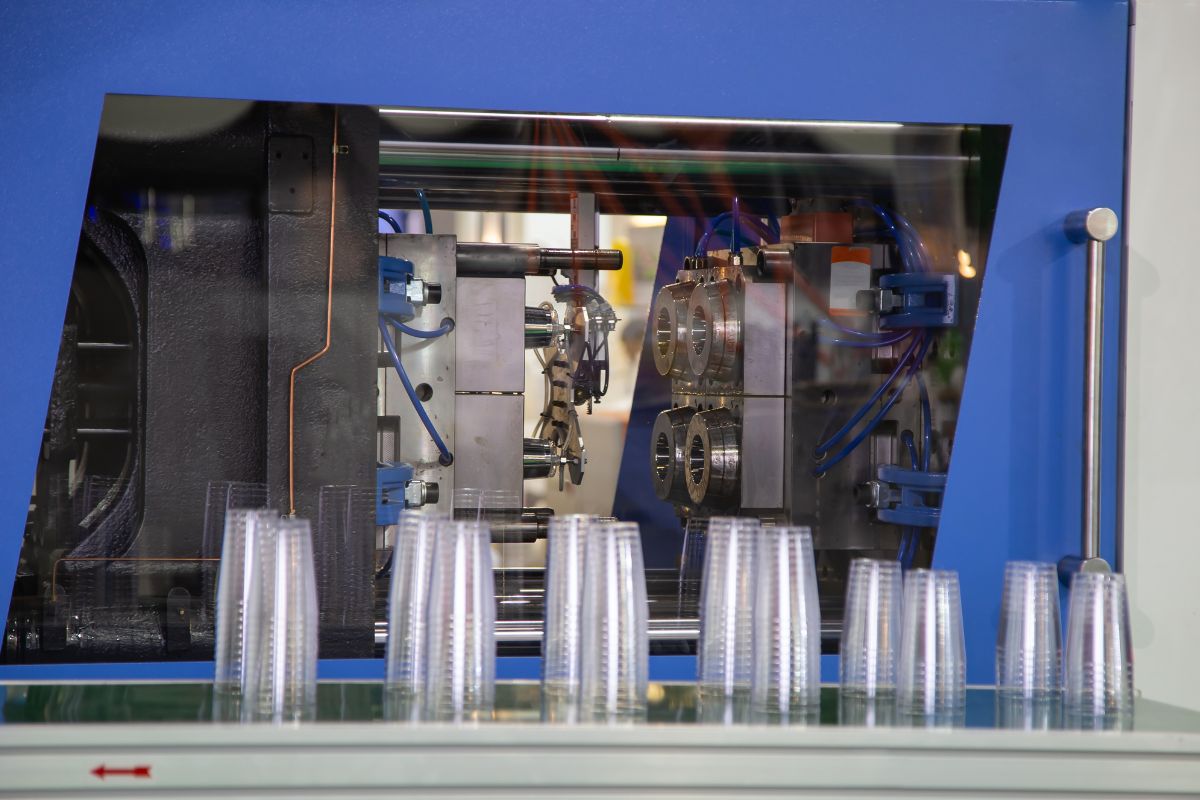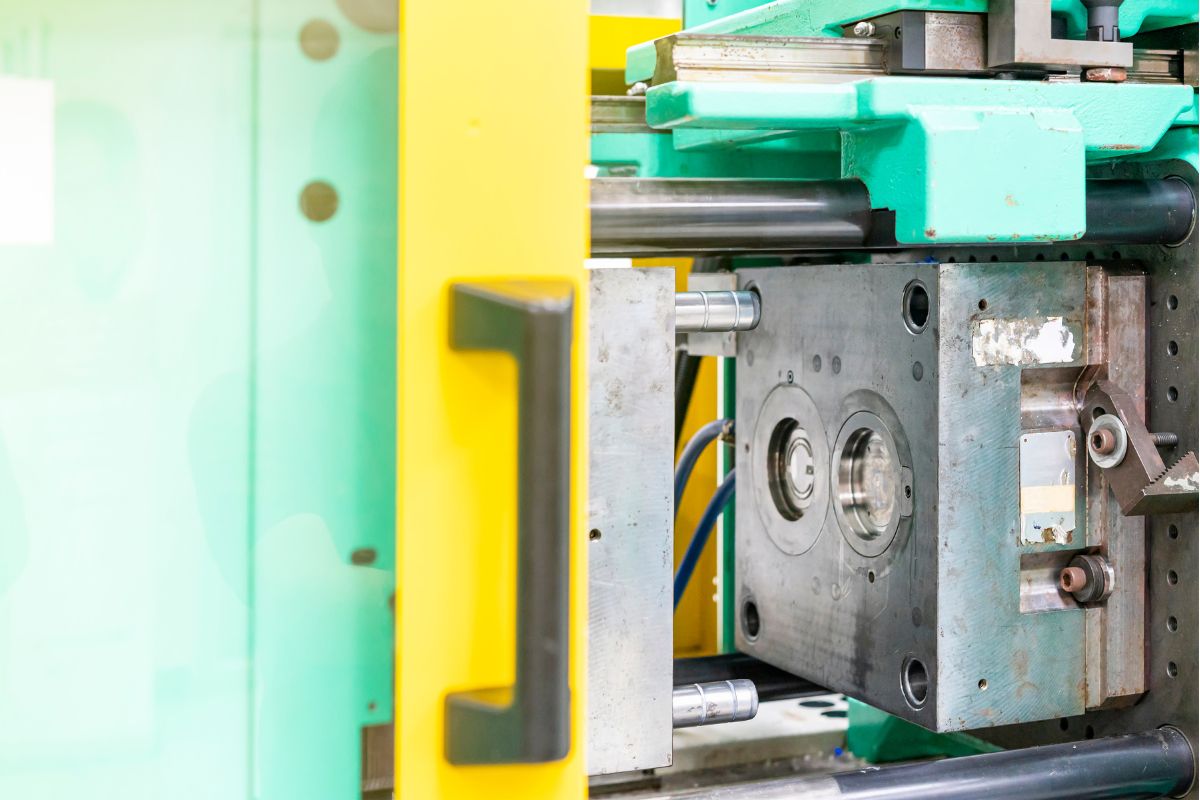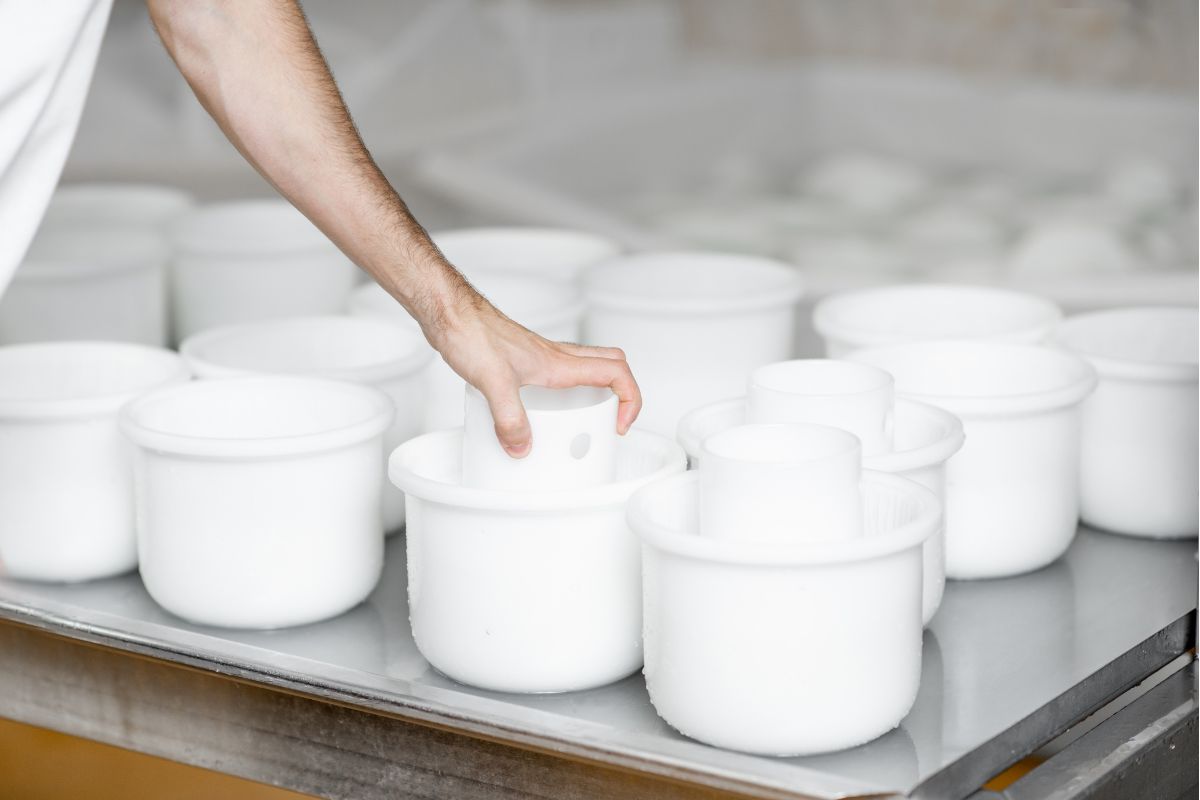Stampaggio a iniezione di polipropilene o stampaggio a iniezione di PP, è una tecnica di produzione di stampaggio che utilizza il polipropilene, un tipo di materiale polimerico termoplastico esposto al calore fino a quando non si scioglie. Il processo forza il polimero fuso a bassa viscosità a fluire in stampi appositamente progettati. Raffreddandosi, il liquido si trasforma in una plastica solida e assume la forma dello stampo. Questa tecnica è più efficace quando utilizzata sul polimero nella sua forma lavorata. Questa tecnica consente la creazione di geometrie che altrimenti sarebbero difficili da ottenere. Curiosi di conoscere il polipropilene stesso? Ora, esploriamo di più sul polipropilene e sui suoi usi, insieme alle ragioni della sua popolarità nello stampaggio a iniezione.
In questo articolo forniremo una descrizione completa dello stampaggio a iniezione del polipropilene e analizzeremo i punti di forza del materiale PP, prendendo in considerazione anche le sue applicazioni nei vari settori manifatturieri.
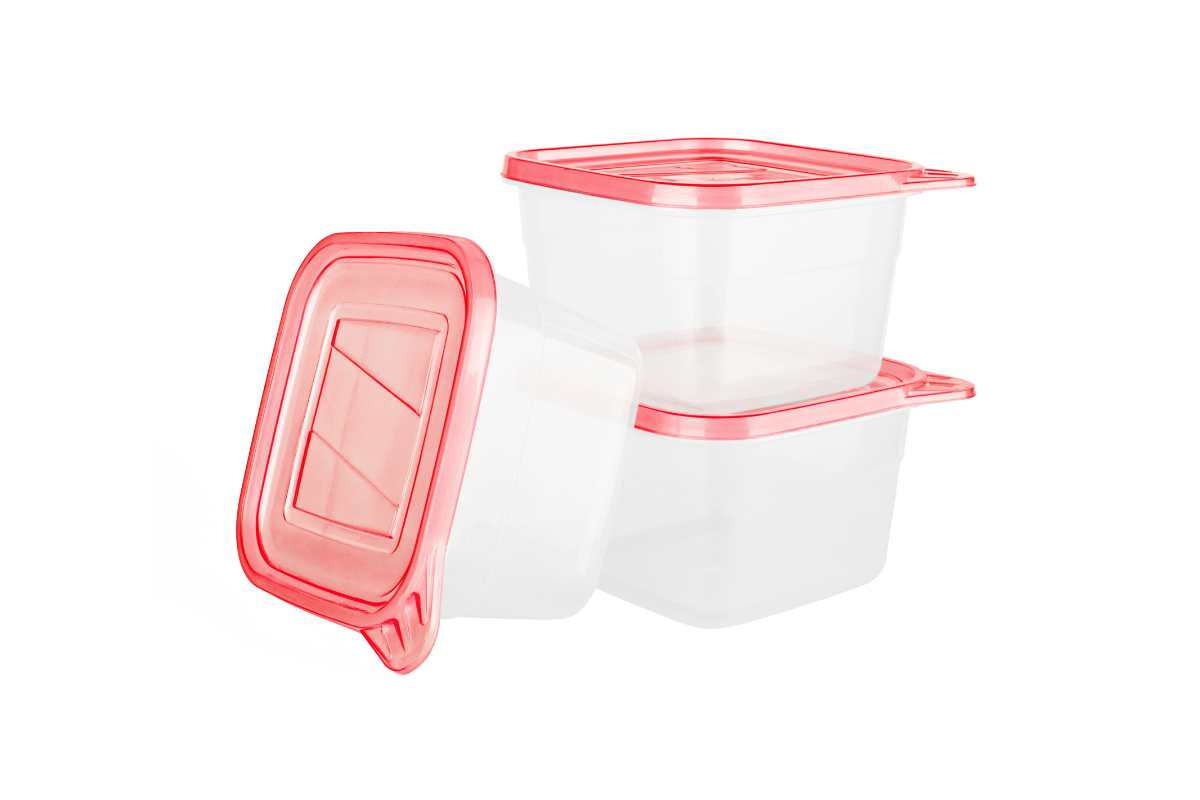
Tipi di polipropilene utilizzati nelle applicazioni di stampaggio
I tipi più comuni di propilene impiegati nelle applicazioni di stampaggio includono:
1. Omopolipropilene (PP-H)
PP-H, o omopolipropilene, è il tipo di polipropilene più utilizzato, caratterizzato da elevata rigidità e resistenza come risultato della struttura cristallina. È comunemente impiegato in usi in cui il materiale sarà esposto a molta forza, come nel caso di contenitori, parti di automobili e altro. PP-H ha una buona resistenza chimica e termica, quindi; è utilizzato in prodotti come secchi e altri utensili domestici. Tuttavia, è meno flessibile e quindi non è efficace in applicazioni più flessibili.
2. Polipropilene copolimero casuale (PP-R)
Il PP-R è un polipropilene copolimero casuale che contiene solo una piccola quantità di etilene, il che ne aumenta la flessibilità e la resistenza all'impatto. Ciò rende il PP-R adatto all'uso in sistemi di tubazioni, parti di automobili e qualsiasi altro bene di consumo che si prevede abbia un lungo ciclo di vita. Grazie a queste proprietà, è comunemente utilizzato in tubi e contenitori per acqua calda e fredda in cui resistenza e flessibilità sono un requisito.
3. Polipropilene copolimero a blocchi (PP-B)
Il PP-B è un polipropilene copolimero a blocchi che ha una struttura a blocchi con etilene, il che gli conferisce una migliore resistenza all'impatto e un'elasticità migliore rispetto al PP-A. Questo tipo è applicato nell'industria automobilistica, nella produzione di materiale di imballaggio antiurto e altri prodotti di consumo pesanti. Il settore automobilistico e le industrie di imballaggio protettivo sono ideali per il PP-B per la sua flessibilità e proprietà di smorzamento in applicazioni stressate.
Stampaggio a iniezione di polipropilene: come funziona?
Stampaggio a iniezione di plastica PP offre un vantaggio di produzione di massa di parti in plastica identiche. Grandi volumi, da mille a milioni di parti identiche possono essere prodotte in una volta. Perché lo stampo previsto viene riutilizzato più volte nel processo di fabbricazione della parte. Ciò rende lo stampaggio a iniezione di polipropilene un'altra opzione adatta per soddisfare la grande domanda e garantire che i prodotti realizzati siano di pari qualità, simultaneamente.
Condizioni di processo per lo stampaggio a iniezione di propilene
Tabella 1: Parametri operativi per lo stampaggio a iniezione di plastica PP.
| Parametro | Specificazione |
| Requisiti di essiccazione | Essiccare a 80-90°C (176-194°F) per 2 ore; il livello di umidità deve essere inferiore a 0,1%. |
| Intervallo di temperatura di fusione | 220-280°C (428-536°F) |
| Intervallo di temperatura dello stampo | 20-80°C (68-176°F) |
| Temperatura di deflessione del calore (HDT) | 100°C (212°F) a 0,46 MPa (66 PSI) |
| Temperatura di iniezione | 32-66°C (90-150°F) |
| Resistenza alla trazione | 32 MPa (4700 PSI) |
| Resistenza alla flessione | 41 MPa (6000 PSI) |
| Densità | 0,91 g/cm³ |
| Stampaggio a iniezione Pressione | Fino a 180 MPa |
| Tasso di restringimento | 1.5-2.0% |
Confronto dei gradi di polipropilene per stampaggio a iniezione
Confrontiamo, diversi polipropilene stampato a iniezione gradi per il processo di stampaggio.
Tabella 2: Specifiche tecniche dei diversi gradi di polipropilene per stampaggio a iniezione.
| Tipo di polipropilene | Resistenza alla trazione | Allungamento a rottura | Rigidità flessionale | Resistenza al calore | Caratteristiche notevoli |
| Pro-fax 6323 | 4.930 psi | 11% | 210.000 psi | 199,0 °F | Di uso generale, resiste alle crepe da stress |
| Pro-fax SG702 | 2.900 psi | 6% | 150.000 psi | 180,0 °F | Resistente agli urti, adatto all'uso automobilistico |
| Pro-fax 6523 | 4.790 psi | 12% | 200.000 psi | 190,0 °F | Rigidità, ideale per il confezionamento alimentare |
| Pro-fax PD702 | 4.500 psi | 12% | 170.000 psi | 190,0 °F | Mantiene bene le dimensioni, facile da lavorare |
| Modello FHR P5M6K-048 | 3.900 psi | 11% | 153.000 psi | 183,0 °F | Chiarezza migliorata, visivamente accattivante |
Linee guida di progettazione per parti stampate a iniezione in polipropilene
Lo stampaggio del polipropilene è facile, ma per ottenere il miglior risultato, bisogna seguire determinati principi di progettazione. Questa sezione si concentra sulle raccomandazioni pratiche necessarie per produrre componenti in polipropilene durevoli e ad alte prestazioni.
Fattori chiave delle cerniere viventi
Quando si progettano cerniere viventi in polipropilene, è bene lavorare con uno spessore compreso tra 0,2 mm e 0,51 mm. Per prestazioni ottimali, i raggi devono essere ampi e la cerniera deve avere una spalla piatta. Questo approccio progettuale fornisce flessibilità e resistenza per resistere all'uso della cerniera quando viene utilizzata più volte.
Linee guida per lo spessore della parete
Nel caso di parti in polipropilene, lo spessore delle pareti del prodotto non deve superare 0,635 mm - 3,81 mm di spessore. Le parti spesse devono inoltre presentare variazioni di spessore uniformi da un livello all'altro per evitare difetti quali segni di ritiro. Inoltre, le nervature devono preferibilmente essere inferiori alla metà dello spessore delle pareti adiacenti per fornire resistenza e prevenire la formazione di vuoti strutturali.
Raggi nel design
I raggi nella progettazione dello stampo aiutano anche a ridurre le concentrazioni di stress. Quindi, hanno un impatto significativo sul ciclo di vita della parte. Il raggio suggerito dovrebbe essere almeno il venticinque percento dello spessore della parete. Il raggio di curvatura dovrebbe essere 75% dello spessore della parete che conferisce sia la resistenza che la finitura superficiale fine.
Raccomandazioni sull'angolo di inclinazione
Il polipropilene può accettare angoli di sformo molto piccoli, anche di un grado, che sono adeguati per la maggior parte delle parti. Ma se la tua parte ha superfici testurizzate, si consiglia di aumentare l'angolo di sformo fino a cinque gradi a seconda della profondità della texture. Nel caso di materiali in polipropilene caricato, potrebbe essere necessario avere un angolo di sformo fino a dieci gradi per facilitare l'espulsione della parte e migliorare la qualità della parte finale.
Impostazione delle tolleranze delle parti
I requisiti per la tolleranza delle parti in polipropilene possono essere classificati in tolleranza commerciale o tolleranza fine. Le tolleranze commerciali sono relativamente più grandi ed economiche rispetto alle tolleranze fini che sono precise ma costose. Ad esempio, una tolleranza commerciale per una parte da 20 mm sarà nell'ordine di ± 0,125 mm, mentre la tolleranza fine per la stessa parte è di circa 0,075 mm. Pertanto, è fondamentale comprendere che se si desiderano tolleranze più strette, queste possono avere un impatto notevole sui costi di produzione.
Lavorazione del materiale in polipropilene
Il polipropilene ha un punto di fusione compreso tra 160 e 170°C e ciò significa che è necessario un corretto controllo della temperatura durante la lavorazione del materiale. Inoltre, è fondamentale asciugare il pellet di polipropilene per stampaggio a iniezione processo. Per risultati ottimali e parti senza svasature, l'umidità deve essere mantenuta al di sotto di 0,02%.
Stampaggio a iniezione
IL Stampaggio a iniezione di PP la temperatura è necessaria intorno ai 220°C e 280°C mentre la temperatura dello stampo è tra 30°C e 80°C. Queste condizioni sono le seguenti per avere un flusso e una solidificazione adeguati. Il tempo di ciclo è un'altra considerazione critica. Di solito, si riferisce al tempo impiegato per completare un ciclo e dovrebbe essere ridotto per evitare deformazioni, ed è importante un raffreddamento efficiente. Inoltre, i canali di raffreddamento devono essere progettati in modo tale da consentire una distribuzione uniforme del calore su tutta la superficie.
Estrusione Lavorazione
L'estrusione viene effettuata fondendo il polipropilene a una temperatura compresa tra 210°C e 250°C. Il controllo della temperatura e la velocità di raffreddamento sono due fattori critici che devono essere ben controllati per consentire la formazione delle proprietà desiderate del prodotto.
La matrice di estrusione è un componente critico nel processo. Deve essere progettata per non consentire alla matrice di gonfiarsi e controllare il flusso del materiale che viene estruso per ottenere la qualità desiderata del prodotto finale.
Stampaggio a soffiaggio
Il processo di stampaggio a soffiaggio prevede il riscaldamento del polipropilene e la sua successiva formatura in un parison e soffiaggio in uno stampo. Temperatura e pressione di gonfiaggio devono essere rigorosamente mantenute per produrre la forma desiderata del prodotto. Espulsione Il raffreddamento della parte è necessario per mantenere la forma e le dimensioni della parte. La velocità di raffreddamento deve dipendere dalle dimensioni e dalla complessità della parte in questione.
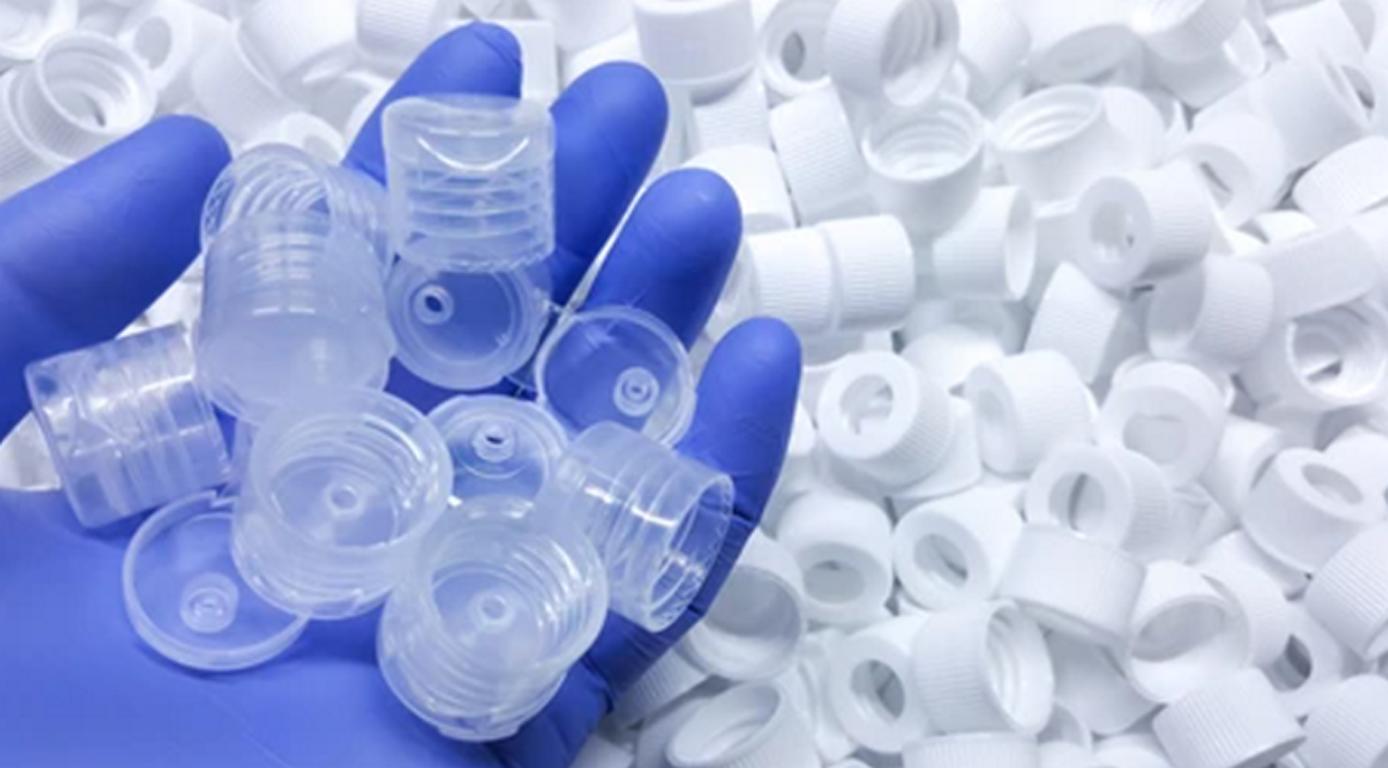
Controllo di qualità:
I due ambiti di particolare importanza includono:
- Misure procedurali igieniche e di stoccaggio La purezza del polipropilene dipende dalle procedure di manipolazione e stoccaggio e dalla pulizia delle attrezzature.
- Controllo di qualità I controlli periodici durante la lavorazione contribuiscono a garantire che il materiale e i prodotti finali siano della giusta qualità e dello standard adeguato e soddisfino i requisiti.
Quali sono i vantaggi dello stampaggio a iniezione di propilene?
Ecco i vantaggi dello stampaggio a iniezione del polipropilene:
- Convenienza: Lo stampaggio a iniezione di polipropilene è relativamente economico e lo è ancora di più per produzioni che richiedono grandi quantità. Il processo ha un basso costo del materiale e poco spreco poiché il materiale in eccesso può essere riutilizzato nel sistema. Questa efficienza significa che grandi volumi di produzione sono offerti a prezzi unitari più economici rispetto a quelli che si avrebbero nel caso di volumi di produzione più piccoli.
- Tempo di ciclo breve: Il processo di stampaggio a iniezione può produrre grandi volumi di parti nel più breve tempo possibile. Il polipropilene ha buone proprietà termiche e quindi gli stampi possono essere riempiti e raffreddati rapidamente, migliorando i tassi di produzione e i tempi di consegna.
- Superiore resistenza chimica: Il polipropilene è altamente resistente a un vasto numero di sostanze chimiche come acidi, alcali e solventi organici. Questa proprietà lo rende adatto all'uso in applicazioni in condizioni estreme, tra cui parti di automobili e contenitori chimici.
- Impatto minimo: Il polipropilene ha una resistenza all'impatto inferiore rispetto all'HDPE, tuttavia, il polipropilene copolimero ha una buona resistenza all'impatto. Ciò lo rende una scelta preferita per prodotti che richiedono resistenza meccanica e resistenza all'impatto, ad esempio, beni di consumo durevoli e per l'automotive.
- Stabilità dimensionale: Una volta raffreddato, il polipropilene ha un'elevata stabilità dimensionale. Questa stabilità è essenziale per garantire che le parti stampate si adattino correttamente e svolgano i compiti previsti senza richiedere ulteriori modifiche.
- Basso assorbimento di umidità: Il polipropilene ha poca o nessuna capacità di assorbire l'umidità e quindi la resistenza e le dimensioni del materiale non cambiano quando esposto a diversi livelli di umidità. Questa proprietà rende questa proprietà adatta all'uso in applicazioni in cui il materiale è esposto all'umidità per la maggior parte del tempo.
- Caratteristiche del flusso: Grazie alle favorevoli caratteristiche di flusso, è più facile lavorare il polipropilene e questo semplifica il processo di stampaggio. Rende possibile produrre grandi quantità di prodotti stampati e aiuta anche a superare i tipici problemi di stampaggio, come la deformazione o la mancanza di riempimento.
Quali sono i limiti dello stampaggio a iniezione di propilene?
Tra gli svantaggi dello stampaggio a iniezione di polipropilene rientrano i seguenti:
- Alta conduttività termica: Il polipropilene ha una bassa resistenza al calore e quindi non può essere utilizzato in aree ad alta temperatura. Il polipropilene ha una scarsa stabilità termica e le parti realizzate con esso possono deformarsi o perdere la loro resistenza a temperature superiori a 100°C (212°F).
- Stabilità UV Il polipropilene non è molto resistente ai raggi UV e quando esposto a lungo ai raggi UV, subisce una degradazione scolorandosi in un colore indesiderato, diventando fragile e mostrando scarse proprietà meccaniche. Questa limitazione rende necessario l'uso di stabilizzatori UV o rivestimenti, soprattutto quando il prodotto deve essere utilizzato all'esterno.
- Alto tasso di restringimento: Per quanto 1,5% a 2,0% di restringimento del polipropilene, le parti realizzate con questo materiale possono deformarsi o subire cambiamenti dimensionali se non ben controllate. Ciò può anche influenzare la qualità del prodotto finale perché le prestazioni del prodotto possono essere compromesse laddove è richiesta precisione.
- Non adatto per applicazioni ad alto stress: Sebbene il polipropilene abbia una buona resistenza all'impatto, non offre elevata resistenza e rigidità. Nelle applicazioni in cui vengono applicati carichi di trazione o flessione elevati sulla parte, il PP potrebbe non offrire sufficiente resistenza.
- Capacità limitata di produrre piccole caratteristiche: Sebbene il polipropilene abbia molti utilizzi, non è facile produrre caratteristiche molto piccole e dettagli intricati. Le caratteristiche di flusso del materiale e le proprietà di raffreddamento possono ridurre il livello di dettaglio in progetti molto raffinati.
- Minor numero di colori disponibili: Il polipropilene ha meno scelta di colori rispetto ad altre plastiche sul mercato. Ottenere tonalità specifiche o addirittura desiderate potrebbe essere possibile solo con l'aiuto di coloranti o altri tipi di trattamenti.
Parti comuni prodotte mediante stampaggio a iniezione di polipropilene
Lo stampaggio a iniezione di propilene produce comunemente le seguenti parti:
- Pannelli del cruscotto
- Vani portaoggetti
- Alloggiamenti degli specchietti
- Contenitori di plastica
- Utensili da cucina
- Contenitori per alimenti
- Casse e Pallet
- Alloggiamenti per dispositivi medici: molti stampaggio ad iniezione medica parti realizzate in materiale PP.
- Tubi idraulici
- Giocattoli: molti dei giocattoli realizzati mediante stampaggio a iniezione di plastica sono realizzati con materiali ABS e PP.
Cancelli e guide in utensile per stampaggio a iniezione in polipropilene
Nello stampaggio a iniezione di polipropilene, i gate e i canali di colata costituiscono alcune delle caratteristiche più importanti che controllano il flusso del materiale fuso nella cavità dello stampo. La progettazione di questi elementi dovrebbe consentire un riempimento adeguato e la qualità delle parti finite dovrebbe essere molto elevata.

Progettazione della colata
La sprue funge da condotto per il polipropilene fuso, collegando la macchina per stampaggio a iniezione alla cavità dello stampo. Si tratta di un design cilindrico con una parte sferica all'estremità che si adatta correttamente all'ugello della macchina. Ciò è fondamentale per prevenire perdite e garantire un flusso regolare di materiali attraverso il sistema e l'attrezzatura.
Sistema di corridore
Il polipropilene fuso viaggia attraverso i canali di colata dalla sprue alla cavità dello stampo. Gli stampi con più cavità progettano i loro canali di colata con ramificazioni per distribuire uniformemente il materiale. Suggeriamo di impiegare slug freddi nelle giunzioni per prevenire un irrigidimento precoce e garantire un flusso libero. I diametri dei canali di colata variano da 4 a 7 mm per garantire un flusso e un raffreddamento ottimali per lo stampo.
Funzionalità del cancello
Le saracinesche sono l'ultima apertura attraverso la quale il polipropilene fuso può fluire nella cavità dello stampo. Le dimensioni e il tipo di saracinesca determinano il modo in cui il materiale viene trasportato durante il processo di fabbricazione e la qualità dell'ultima parte. Sono saracinesche a perno e saracinesche a bordo e vengono scelte in base al tipo di stampo che deve essere realizzato. La saracinesca dovrebbe consentire un facile flusso di materiali nello stampo riducendo allo stesso tempo la formazione di difetti superficiali.
Dimensionamento e posizionamento del cancello
Le piccole porte sono normalmente utilizzate per ridurre al minimo l'attrito e prevenire l'usura del materiale. Lo spessore della parte della porta che unisce la cavità dovrebbe essere il più sottile possibile in modo che possa essere facilmente riempita. La posizione della porta è importante, solitamente situata nella sezione più spessa dello stampo per ottenere una distribuzione uniforme del materiale e ridurre al minimo i difetti.
Considerazioni sulla progettazione
Alcuni dei problemi comuni, come i segni di ritiro e il riempimento scadente, possono essere risolti tramite sistemi di gating e runner adeguati. Per migliorare l'efficienza produttiva e la qualità delle parti, è efficace aggiornare i progetti a intervalli regolari in base alle best practice e al feedback sul processo.
Applicazioni industriali dello stampaggio a iniezione di propilene
Lo stampaggio a iniezione di PP trova spesso applicazione in vari settori manifatturieri;
Imballaggio alimentare
Il polipropilene è ampiamente utilizzato negli imballaggi alimentari poiché è sicuro e ha una durata maggiore. I contenitori da asporto e i prodotti per la conservazione degli alimenti come tazze e contenitori sono realizzati in schiuma PP per isolamento termico e protezione. Il materiale PP è utilizzato nella produzione di tazze e bottiglie di plastica per bevande e prodotti alimentari poiché il materiale non reagisce con l'umidità o le sostanze chimiche.
Beni di consumo
Nel settore dei beni di consumo, il polipropilene è preferito per la sua resistenza e la capacità di essere stampato. Il PP è utilizzato in piccoli elettrodomestici come frullatori e asciugacapelli perché offre resistenza agli urti e facilità di stampaggio. Il polipropilene è sicuro e durevole e viene spesso utilizzato in giocattoli stampati a iniezioneInoltre, la durevolezza del polipropilene viene utilizzata anche in prodotti per la casa come contenitori per lo stoccaggio e utensili in cucina.
Automobilistico
L'industria automobilistica è uno dei principali utilizzatori di polipropilene, poiché il materiale è leggero e ha un elevato grado di resistenza. Il PP è utilizzato in parti di finiture interne come cruscotto e pannelli, grazie alla versatilità del materiale in termini di aspetto e durata. Esistono anche vani portaoggetti e alloggiamenti degli specchietti in polipropilene per fornire la resistenza e la protezione dagli urti necessarie.
Tessili
È risaputo che le fibre di polipropilene sono essenziali in diverse aree tessili per la loro resistenza e resistenza alle macchie. I tappeti in fibra di PP sono in grado di resistere all'usura e alle macchie. Il PP è utilizzato per mobili e interni di automobili poiché non si usura facilmente ed è facile da pulire. Grazie alle sue eccellenti caratteristiche, le fibre di polipropilene sono utilizzate nella produzione di indumenti che assorbono l'umidità, offrendo comfort e prestazioni.
Film per imballaggio
Uno dei tipi più importanti di film per imballaggio è il film in polipropilene per la resistenza e la flessibilità che offre. Le applicazioni dei film BOPP (polipropilene biorientato) sono nel packaging grazie alla loro elevata trasparenza, alle eccellenti proprietà meccaniche e alle proprietà di barriera all'umidità e all'ossigeno. I film CPP (polipropilene fuso) sono utilizzati per la termosaldabilità in applicazioni di imballaggio flessibile per una varietà di prodotti.
Tubi e raccordi
I tubi in polipropilene sono utilizzati nelle pratiche idrauliche e industriali poiché sono chimicamente inerti e possono essere facilmente installati. I tubi idraulici in PP sono utilizzati sia per acqua calda che fredda per la loro robustezza e resistenza alla corrosione. Nelle applicazioni industriali, l'uso di tubi in polipropilene è nei sistemi di movimentazione di rifiuti e sostanze chimiche, e il materiale è ben dotato di robustezza e capacità di resistere a condizioni aggressive.
Riepilogo
Questo articolo fornisce maggiori informazioni su polipropilene (PP) come plastica ingegneristica, inclusi i diversi tipi disponibili, le proprietà del PP e le complessità del processo di stampaggio a iniezione. Esamina inoltre le sfide associate alla selezione dell'attrezzatura giusta, affrontando problemi relativi alla progettazione del prodotto e discutendo i fondamenti della progettazione dello stampo. Sulla stessa linea, l'articolo discute alcuni dei principali difetti che possono verificarsi durante la produzione e come correggerli.

Per garantire la migliore produzione di materiale PP e stampaggio a iniezione, è opportuno chiedere consiglio a un fornitore esperto. Un fornitore esperto può fornire raccomandazioni sugli stampaggi a iniezione di plastica PP più adatti ai requisiti funzionali del tuo prodotto e all'aspetto del prodotto finale, assicurando un progetto di successo.
FAQ – Stampaggio a iniezione di polipropilene
D1. Quali sono le principali categorie di pallet in polipropilene per stampaggio a iniezione?
Tra questi troviamo l'omopolipropilene (PP-H) per la rigidità, il polipropilene copolimero casuale (PP-R) per la flessibilità e il polipropilene copolimero a blocchi (PP-B) per la resistenza agli urti.
D2. Cosa si deve fare al polipropilene prima dello stampaggio?
Il polipropilene deve essere essiccato a 80-90°C per non meno di 2 ore per portare il contenuto di umidità al di sotto di 0,1%. Si ottiene una riduzione della qualità di stampaggio per evitare la formazione di prodotti di scarsa qualità.
D3. Quali sono alcuni dei problemi che possono verificarsi nello stampaggio a iniezione del polipropilene?
Alcune delle imperfezioni più comuni sono segni di risucchio, linee di flusso, problemi di sfiato, deformazioni e riempimento incompleto. Questi problemi possono essere risolti regolando lo spessore della parete, aumentando la scanalatura di sfiato, la temperatura dello stampo e la pressione di iniezione.


